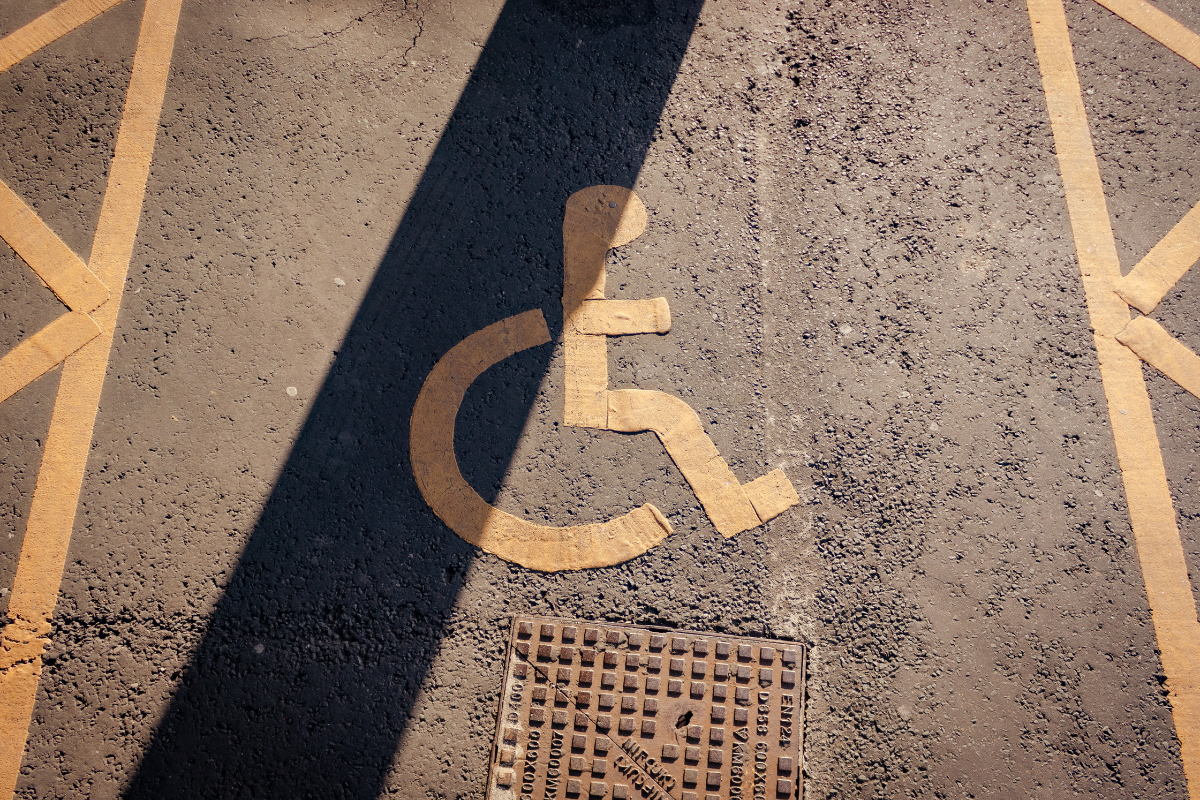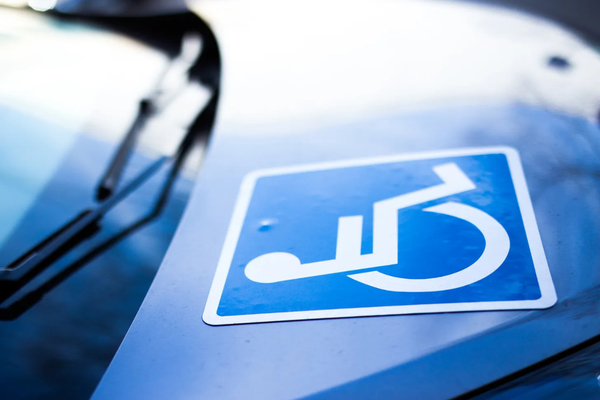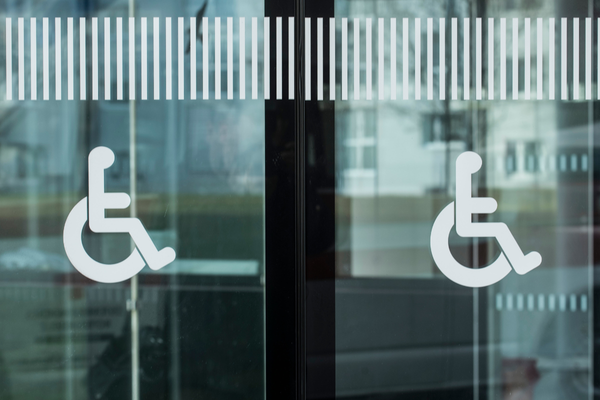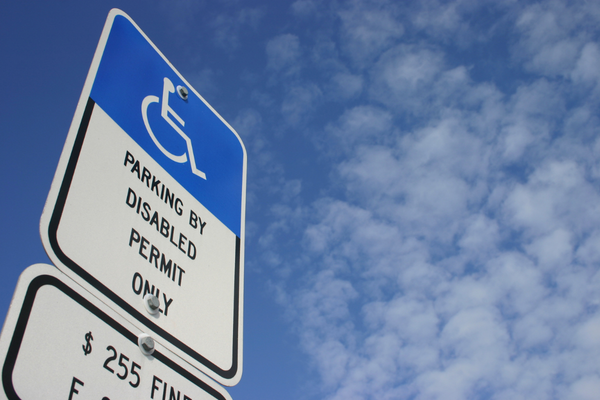1/15/25 - Able Accounts, Special Ed, and dealing with crowds


Able Accounts Are Changing
Grace Dow, Grace Dow Writes - January 10, 2025
"I’ve used funds in my ABLE account to pay for vehicle repairs, college tuition, and rent. Last year, I used some of my ABLE account funds to fix the air conditioner in my wheelchair van ... Having the ability to save money without losing my benefits is a relief. Beneficiaries can save up to $100,000 without losing SSI. Medicaid eligibility is retained regardless of the account’s balance."
This blog post is a rare chance to read about a disabled person's first-hand experience with ABLE accounts. It also provides another good explanation of how ABLE Accounts work. And it underscores how under-used they are, even though disabled Americans have saved a truly impressive amount since the program began in 2016.
Special ed students benefit from being integrated at school. It doesn't always happen
Jonaki Mehta, National Public Radio - January 9, 2025
"'Study after study is showing that there's no harm to being included, but there's great risks of harm to being segregated,' says Jennifer Kurth, a professor of special education at the University of Kansas. 'Kids [with disabilities] who are included develop better academic skills, better communication skills, better social skills, just kind of everything we try to measure.' ... Kurth says students with higher support needs, like those with Down syndrome, stand to gain the most."
It's more than a little frustrating that we are still having this argument about whether including disabled students in regular classrooms, along with their non-disabled peers, is good or bad. When I started thinking about disability issues and working in the field in the early 1990s, the debate on this was pretty much the same as it is now – though rates of inclusion are obviously a lot higher now than they were then. But the arguments against it persist. So we still need articles like this one once in a while to restate the basics, and put human faces on the statistics. It's also important to read this piece in relation to the article linked in yesterday's newsletter about the incoming Trump administration's likely approaches to the Department of Education. What progress has been made has been won by advocates and forward-thinking educators – but continue to be structured and protected by laws and regulations organized and overseen by the DOE. If it is abolished or radically reorganized, there is a real potential for regressing back to more widespread segregation of disabled students, and poor implementation of inclusion.
How to Be Seen and Heard as a Wheelchair User
John Beer, New Mobility - January 3, 2025
"Once the invisibility sets in, you may hear a persistent hissing. That’s my mojo, slowly leaking away. The buffer zone around the wheelchair grows stronger. Everyone is exchanging hugs and handshakes until it comes to me, then it’s awkward head-bobs all around. Now the mojo is almost gone. Then we have that thing where the wheelchair doesn’t fit in, under or around the furniture. I’m a square peg, with square wheels. Get me out of here."
I never feel more disabled than when I find myself in a confined space in a crowd of people. That's especially if I'm standing, because I'm unsteady on my feet and it's easy for people in a crowd to knock me off balance accidentally. But even if I am fortunate to have a wheelchair or electric scooter to sit on, I tend to feel a lot of what the author describes here – an invisibility, and a physical awkwardness, and a weird kind of isolation in the middle of a crowded room. The advice offered on how to improve these situations is intriguing. Maybe I'll try some of it next time I can't avoid some big social event. I find that even a slight reduction in discomfort makes such events a lot more enjoyable – maybe even safer.
Disability Thinking Weekday is a Monday-Friday newsletter with links and commentary on disability-related articles and other content. Please like, share, comment, and subscribe — for free, or with a paid subscription. Benefits of paid subscription include:
- A monthly recap with links to all of the previous month's shared articles, organized by topic.
- Listing as a supporter, and a link to your website if you have one.
- You can recommend one disability-related article for me to share per month in a weekday post.
I am so grateful for your help and engagement, in whichever forms you choose!



